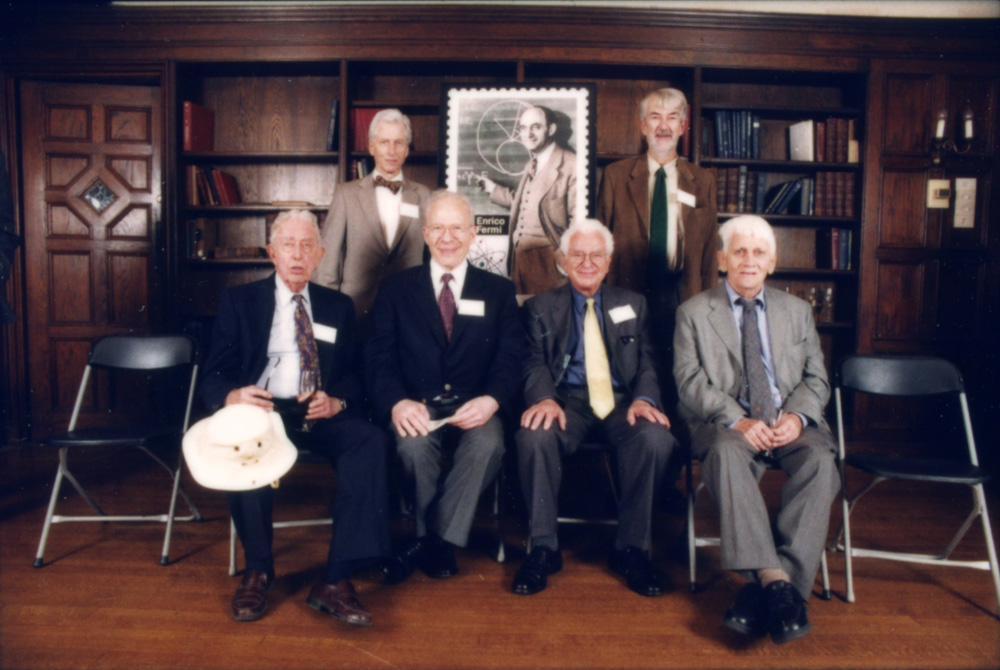Known by some for its creepiness, the Reg currently features an exhibit on the Count Dracula of the medical world. As of November 1, students, faculty, and staff can view a feature at the Regenstein’s Special Collections Research Center (SCRC) on the man who founded the world’s first blood bank here in Cook County.
Bernard Fantus was a medical scholar of great renown, mostly known for his role in creating the blood bank. Opened in 1937, the Cook County Blood Bank revolutionized the medical world while offering a viable technique for blood transfusions. Even as late as the mid-19th century, blood transfusions were risky processes; there was only about a 50 percent success rate in which neither donor nor recipient perished.
Fantus chose the name of his new enterprise with particular care, seeking to convey an analogy to the system of deposits and withdrawals of a commercial bank to appeal to the people.
A native of Budapest, Fantus immigrated to the United States in 1889, eventually settling in Chicago by 1892. Upon completion of his studies at the Rush School of Medicine—then affiliated with the University of Chicago—Fantus began his career at the Cook County Hospital.
Many scholars consider Fantus to have been a liaison between the pharmaceutical and medical worlds at a time when few scholars straddled the two disciplines. Among his most notable accomplishments are his writings on prescription drugs, therapeutics, and his groundbreaking work on candy-coating medicine.
The exhibition was made possible by the donation two years ago of Fantus’s papers by his niece, Muriel Fulton, and her husband—both University alumni.
The show is divided into two main areas: “Dr. Bernard Fantus: Father of the Blood Bank” and “Researching Chicago Medical History.” The former title refers specifically to the life and career of Fantus, and is constructed from his personal archives and designed by Reed Lowrie, biomedical sciences specialist and reference librarian at Crerar. The second half of the show features medical contributions made in Chicago by other scholars, including those affiliated with the University, and was designed by Susannah Morrill, accessions coordinator for Special Collections.
“We chose to split the exhibition into two features, as we thought that our extensive collection of medical research done in Chicago served as a nice complement to the Fantus papers,” said Alice Schreyer, director of SCRC. “These days we take it so for granted, it is important to remember what a revolutionary breakthrough [the bloodbank] was.”
Responding to the fact that the exhibition has not been advertised on a wide scale, Daniel Meyer, associate curator for SCRC, said that it is mostly aimed at researchers who use the SCRC, in order to indicate the range and depth of the University’s collection. Pamphlets on the exhibits are available at SCRC, and were made possible by funding from the Fultons.
For Lowrie, the Fantus exhibition was the first one with which he has been involved since arriving at the University in July 2003. “I wanted to show that Fantus was more than just the father of the blood bank, and that he made a lot of other important medical discoveries,” Lowrie said.
According to Lowrie, the papers donated by the Fultons contained much information on Fantus’s personal life—through correspondence between he and his wife while courting, and family photographs—that are not on display. Such resources, however, are available for viewing in the SCRC.








